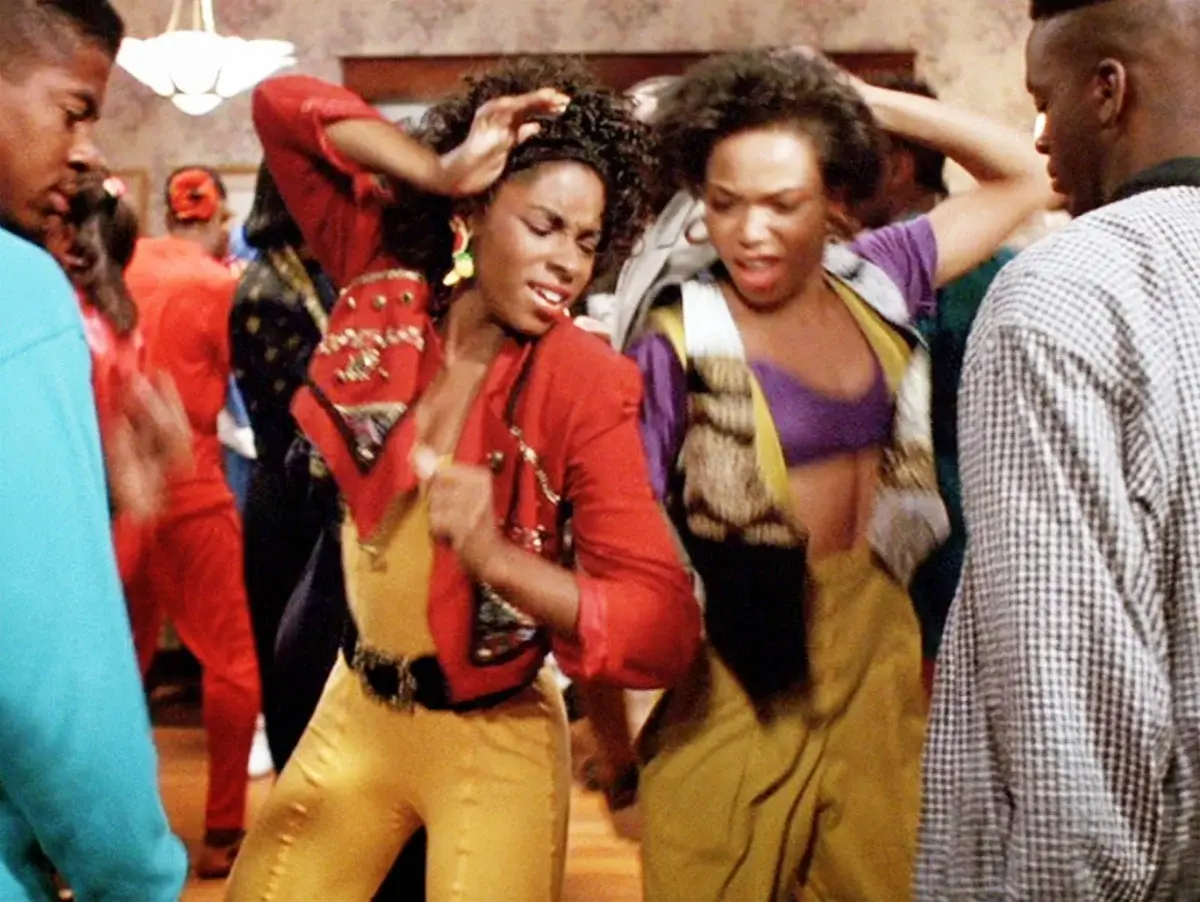Black Children Don’t Have to Drown

While summer doesn’t officially start until June 21, a lot of children may find their way to pools and beaches as the temperature rises. But before your child starts splashing, remember that drowning is the second leading cause of unintentional injury-related death for children under 14, according to the Home Safety Council.
Black children in particular drown more than three times as much as white children. Drowning can be prevented most of the time if children are taught to swim properly and learn basic safety precautions. A swimming survey done by the USA Swimming Foundation found that at least 60 percent of African-American children have low or no swimming ability.
Here are a few tips from the Centers for Disease Control and Prevention to keep your kids safe around the water:
—Learn to Swim. Formal swimming lessons can protect young children from drowning. However, even when children have had formal swimming lessons, constant, careful supervision when children are in the water, and barriers, such as pool fencing to prevent unsupervised access, are necessary.
—Supervision When in or Around the Water. Designate a responsible adult to watch young children while in the bath and all children swimming or playing in or around water. Supervisors of preschool children should be close enough to reach the child at all times. Adults should not be involved in any other distracting activity (such as drinking, reading, playing cards or talking on the phone) while supervising children.
—Use the Buddy System. Always swim with a buddy. Choose a swimming location that has lifeguards whenever possible.
—Seizure Disorder Safety. If you or a family member has a seizure disorder, provide one-on-one supervision around water, including swimming pools.
—Learn Cardiopulmonary Resuscitation (CPR). In the time it might take for paramedics to arrive, your CPR skills could make a difference in someone’s life.
—Foam Toys Are Not a Substitution for Life Vests. Do not use air-filled or foam toys, such as "water wings," "noodles" or inner-tubes in place of life jackets or life vests. These toys are not designed to keep swimmers safe.
(Photo: Matt Cardy/Getty Images)





